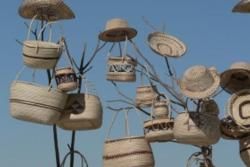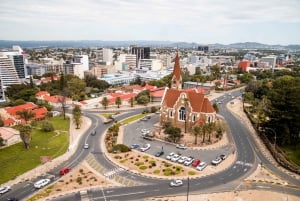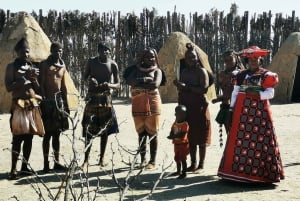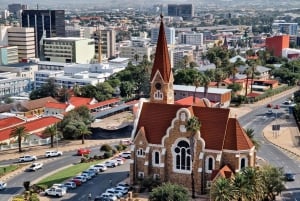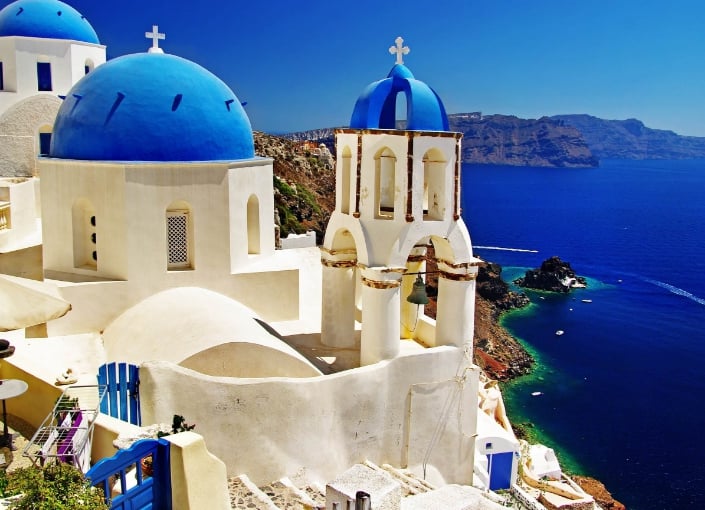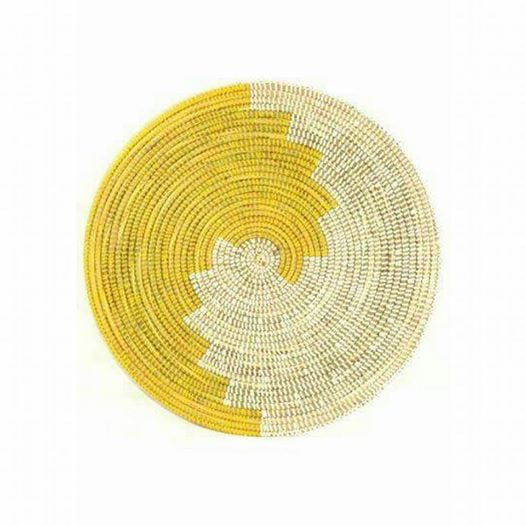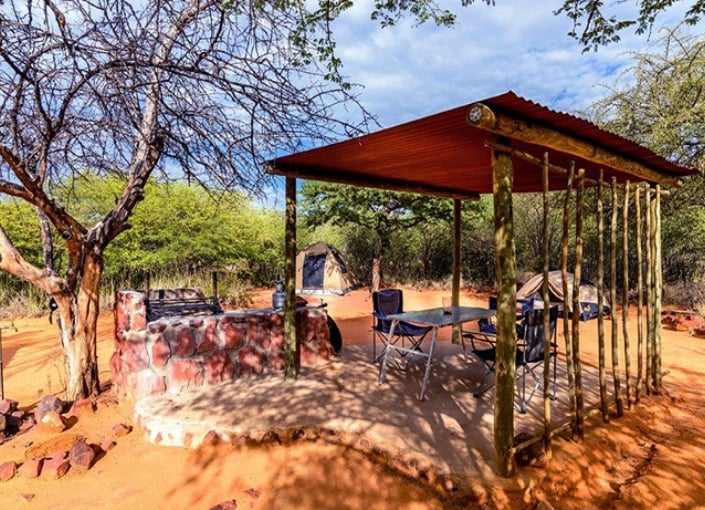Olukonda Monument & Museum
The history of Olukonda dates back to 1871 when Finnish missionary Martti Rautanen came to the wild Namibian frontier. He gained the nickname "Nakambale" from the local communities which means "the man with the hat" in Owambo. Rautanen served the local community with vigor and also translated the bible into the local Ndonga language. He passed away in 1926 and is buried in the local cemetery along with his family and many royal figures throughout the years. The first church was built by him in 1889 and both it and his house still remains today. The area was proclaimed a national monument in 1992, the same year it was renovated with help from the Finnish Government. The monument is located amidst a stunning landscape of makalani palms and traditional farmsteads on a sandy road roughly 13km from the town of Ondangwa.
The museum was named in honor of Finnish missionary Martii Rautanen, whom the local Owambo communities called Nakambale or "the man with the hat". It brings to life the traditional ways of the Owambo through a real size traditional village setup as well as the lives and ways of Martti Rautanen and his family. It recreates scenes of missionary life as well as the history of the area and its past kings. The current king of Ondonga, Immanuel Kauluma Elifas, lives not far from Olukonda and is a benefactor of the museum. The myriad of extensive displays transports the visitor back to an era of wildest Africa and the people who made their homes here. Traditional ways, meals and entertainment adds to the ambience with a wide range of accommodation options available.



